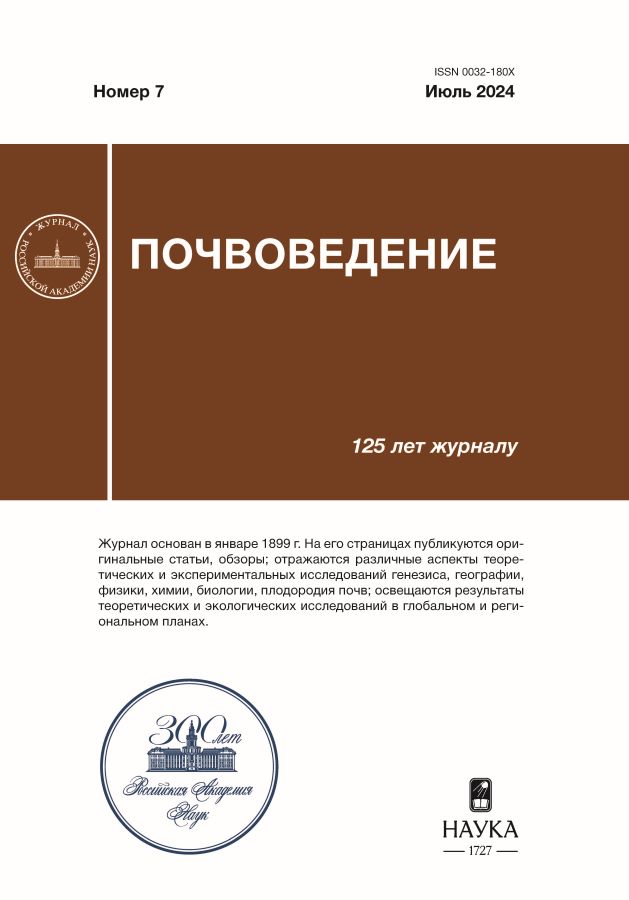Methodological Aspects of Studying Soil Erodibility Using Washout Technique
- Authors: Krasnov S.F.1, Gorobets A.V.1, Bushueva O.G.1
-
Affiliations:
- Lomonosov Moscow State University
- Issue: No 7 (2024)
- Pages: 1034-1044
- Section: DEGRADATION, REHABILITATION, AND CONSERVATION OF SOILS
- URL: https://kld-journal.fedlab.ru/0032-180X/article/view/666624
- DOI: https://doi.org/10.31857/S0032180X24070081
- EDN: https://elibrary.ru/XUOFZM
- ID: 666624
Cite item
Abstract
The experimental assessment of soil erodibility using the methodology of washing out model samples with a water stream at different installations (hydraulic flume, jet unit, and water tunnel) that were carried out earlier, usually produced a high variability of results. The intension to decrease this variability resulted in a development of a new horizontal approach to samples formation, which differed from the previous one by loading the sample through a removable side wall of the horizontally placed cartridge. The layered loading and compaction remained the same. The normal positioning of sample layers against the flow compared to the parallel positioning practiced earlier allowed to reach a more uniform sample resistance to the flow. The use of the “Poseidon” measuring unit developed to define mean depth of the wave flow, allowed to not only to increase many-fold the number of measurements of washout intensity during the experiment (from 1 to 14–15), but also to assess the quality of sample preparation, which increased precision and accuracy of the study. It has been determined that the percentage standard deviation for erodibility was almost always lower with the horizontal loading compared to the vertical one both between and within the series (13 and 12% on average respectively).
Full Text
##article.viewOnOriginalSite##About the authors
S. F. Krasnov
Lomonosov Moscow State University
Author for correspondence.
Email: GorobetsAV@geogr.msu.ru
Russian Federation, Moscow
A. V. Gorobets
Lomonosov Moscow State University
Email: GorobetsAV@geogr.msu.ru
Russian Federation, Moscow
O. G. Bushueva
Lomonosov Moscow State University
Email: GorobetsAV@geogr.msu.ru
Russian Federation, Moscow
References
Supplementary files















